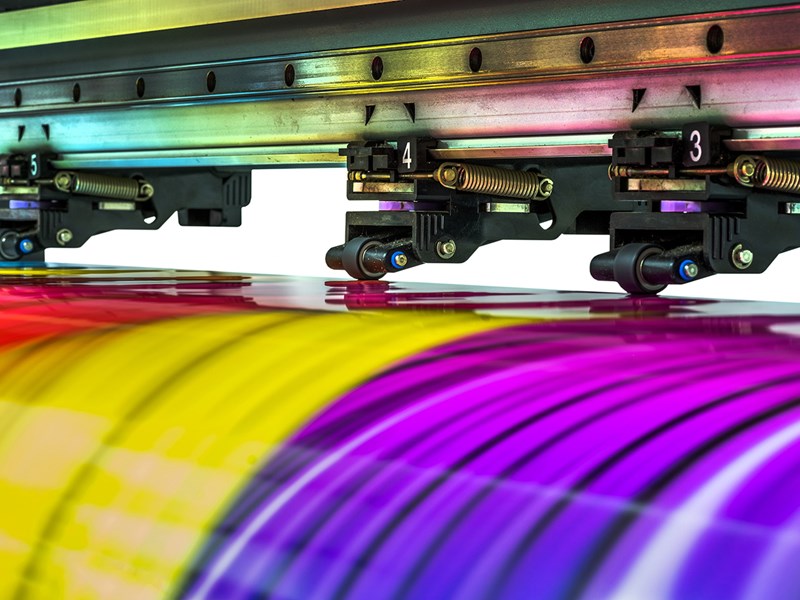How to improve Brand equity through Colour and Print Quality Management

Part 3: Measure and report the print against the Brand standard
I have previously covered my thoughts on how control at final print can be safeguarded in the stages that build up to your Brand being on press. In this article I will explore the post-print quality management techniques that can be applied.
The press-ready file is released and the plates are ready for production, it is now down to the printer to deliver the design intent. Strong print relationships and good quality communication sits at the heart of any colour and print quality management (PQM) programme. The final stage of the design to print process requires full commitment from the printer once on press and under pressure, coupled with the time investment from the graphic service provider to work towards and achieve the agreed targets and standards.
As a final stage in the process, press passing has historically been the method for supporting PQM at the printers. Print technical managers attending on the day of production ensure the output follows the requirements set out in the PQM measurement criteria, but this method is very limited in regards to travel restrictions, a global print base, and cost.
Sample evaluation is a great method for building data on your printer base and assessing whether the pre-production processes have been delivered successfully. This approach allows for post-production reporting to set targets for the next production run.
Press-side reporting tools like Mellow Colour and pressSIGN offer real-time data direct from the printing press. These software solutions can present percentage scores to simplify the comparison between the target Lab data and print but they can not be used in isolation as a PQM solution. Control needs to be applied in regards to colour bar application, scoring criteria, and the presentation of data. A PQM programme needs to define these parameters and decide if this software reports against an industry standard or a visual approval driven through grey balance.
Reflecting back on the original question I set out to answer “how to improve Brand equity through print quality management” it is just as important to reflect and analyse the print results as it is to define standards and communicate these in the pre-production phases. By collecting the printed results, recording and reporting on printer performance, a certified list of quality, trusted printers can be developed. There is also the ability to take a holistic view of the Brand colour results, set targets for continuous improvement, and utilise the press side reports to determine the accuracy of printers profiles. Print technical experts need to constantly review the results and communicate the areas of underperformance and recommendations for managing the Brand. For a print quality management programme to see measurable long-term success, it should report back to the print base and set actions for change.
Brand equity is gained through quality, loyalty and trust overtime, it can be lost in an instant with a poor customer experience. Colour managing a design through to print is an essential step in maintaining that relationship.
